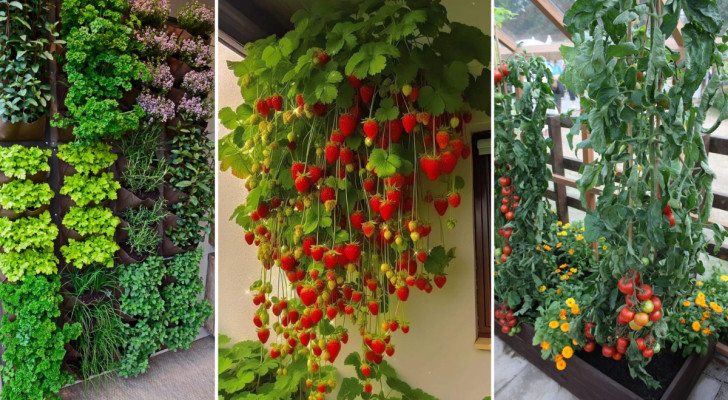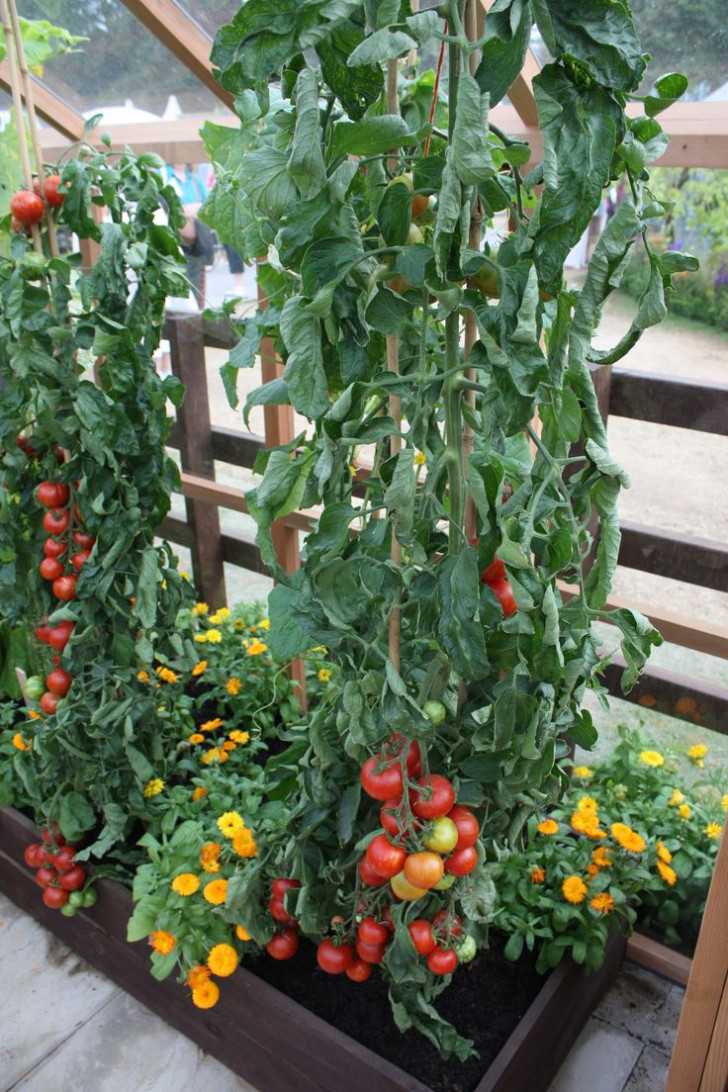DIY home vegetable patch: some useful suggestions for growing your own vegetables in your garden or on your balcony

Cultivating a small vegetable patch in the garden or on a balcony is an increasingly widespread trend that not only saves money but promotes healthier eating and psychophysical well-being.
There are many cultivation techniques that you can try out to set up a home vegetable garden ("veggie patch") and below, we provide some examples:
1. Zinc tubs for raised veggie planters

If you have old zinc basins/tubs at home that you no longer use, you can use them for your veggie patch: they will be perfect serving as raised planters. These tubs will allow you easy access your crops and will are also aesthetically more pleasing than "regular" planters.
2. Intercropping

To improve your "harvest" and elevate the aesthetic appeal of your veggie patch, consider intercropping. Thanks to this technique, you will be able to exploit the symbiosis between different plant species to help them provide a bigger, better yield.
When intercropping, some basic rules must be kept in mind:
- intercrop plants that grow at different heights, so that they do not get in each other's way;
- avoid intercropping plants from the same plant family, as they will compete for soil nutrients;
- avoid growing vegetables under fruit trees or vines; instead, intercrop them with aromatic and/or flowering plants.
3. Greenhouses

If you want to enjoy having fresh vegetables all year round, consider putting up a small greenhouse to protect your plants when winter arrives. There are various projects that you can DIY using recycled materials, and with customization that suits your needs, resources and available space.
4. Hanging planters

If you don't have much space available, a possible solution is the use of suspended/hanging planters. Doing so will ensure you don't take up any more valuable floor space. From buying classic hanging planters, to recycling old containers and plastic bottles, you can have a lot of fun creating your very own hanging, vegetable garden.
5. Trusses and nets

To save space and support climbing plants, consider putting up nets and trusses for your veggie plants. Select metal nets for climbing plants (like beans and peas), and use trusses for "heavier" veggies (like peppers, tomatoes and egg plants).
You can also create interesting structures to provide shade in your veggie patch by, for example, creating tunnels formed by supported climbing plants.
6. Vertical vegetable patch

For very small spaces, the perfect solution is to set up a vertical vegetable garden: even a small balcony or a simple external wall will be sufficient to allow you to cultivate an enviable veggie patch.
Pallets, hanging bottles and wall-mounted vases/planters are just some of the possible resources that you can use to create a high-yield, vertical, veggie patch.
7. Raised vegetable patch

If you are new to gardening or if you have mobility issues, bending over to tend to your plants could be challenging. Eliminate this problem by cultivating your vegetable patch in raised planters. Not only are these planters "cleaner", but they will make your gardening chores easier. Additionally, if the planters are set out on multiple levels, they will also allow you to maximize the space available.
Again, recycling can help you out here: old fruit crates, pallets, wood off-cuts, galvanized tin containers and old tires are just some of the materials that you can recycle to create a raised, multi-level veggie patch.
Are you ready to set up your veggie patch?





